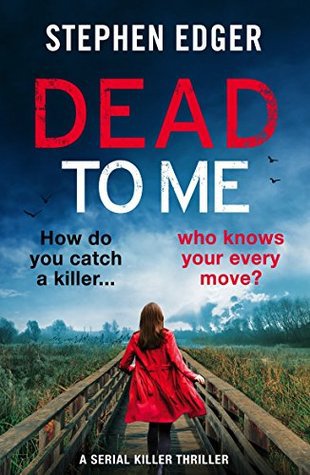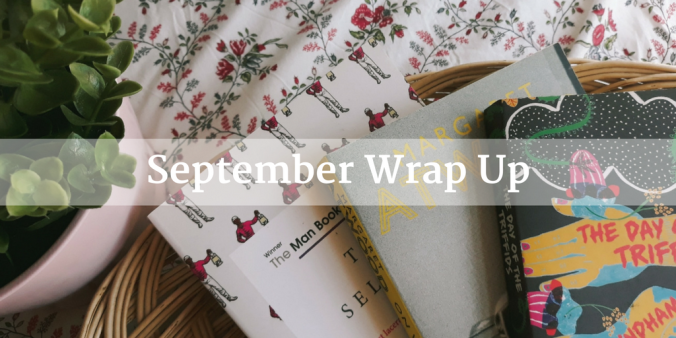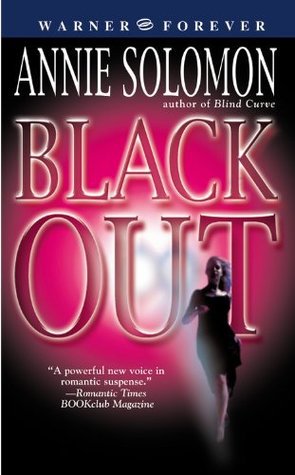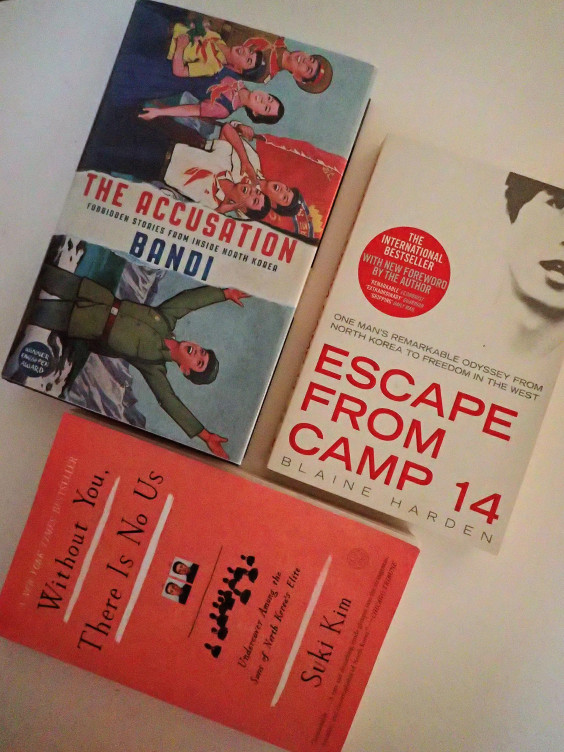 Will I ever be able to review this? Probably not – it has so many layers! Everything has a meaning! – but I’m trying.
Will I ever be able to review this? Probably not – it has so many layers! Everything has a meaning! – but I’m trying.
Deathless is a mythpunk retelling of The Death of Koschei the Deathless set in the first half of the 20th century (ending around 1942). It’s a story that weaves politics, history and war together with Russian folklore – it shows you the terror, the silencing, the deaths, but it feels like a fairytale. It’s the story of the life and death of Marya Morevna, and the endless war between Koschei, the Tsar of Life, and Viy, the Tsar of Death.
My review will never do justice to Catherynne M. Valente’s writing; the only thing I can do is show it, with some quotes. If you do not like flowery writing, unhealthy relationships and blue-orange morality, this book isn’t for you.
Deathless isn’t exactly a book you want to read for the characters. Their decisions will seem forced sometimes, as if they were moved along by the author. That’s intentional – Deathless is as much about life, death and Russian history as it is about stories, the stock characters and the tales we always tell the same way.
This book is divided into six parts, six stories, and there are usually time jumps between them.
Part 1: A Long, Thin House
The first part of the novel has always been my favorite. It’s about Marya discovering the magic, the domovye, meeting Likho for the first time and then Koschei. It’s exactly like a fairytale, with its use of repetition – rule of three: the story starts with birds falling from the trees and transforming into the men that will marry Marya’s three sisters.
This part ends with the seduction chapter, which is kind of creepy, really intense and hypnotic. It also has the best food descriptions.
Part 2: Sleep with Fists Closed and Shoot Straight.
Probably my least favorite part (because, for some reason, I really hate these sex scenes…?). It’s about Marya’s life in the country of life. Everything in it is alive – the buildings, too. In this part, we meet Marya’s companions, Madame Lebedeva, Zemlehyed the leshy, and Naganya.
Marya wants to marry Koschei, but she has to overcome three tasks for that. I loved Marya and Baba Yaga’s meeting – Baba Yaga’s car has chicken legs, of course, and Baba Yaga has braided eyebrows.
While this is the part I liked the least, it’s also the one with the best quotes. The conversations in which the characters talk about censorship and the inner workings of stories were really interesting.
That’s how you get deathless, volchitsa. Walk the same tale over and over, until you wear a groove in the world, until even if you vanished, the tale would keep turning, keep playing, like a phonograph, and you’d have to get up again, even with a bullet through your eye, to play your part and say your lines.
Part 3: Ivanushka
This part starts with the introduction of the Ivan of this story, Ivan Nikolayevich. We see how Marya has changed in all these years – she’s cold, she has forgotten how it feels to be human. In this story, Marya leaves Koschei for Ivan, because that’s what is always going to happen.
The end of this story is A Long, Thin House, but backwards. We meet Marya’s sisters again and I love them.
Part 4: There Are No Firebirds In Leningrad
Marya and Ivan are living in Leningrad, and Koschei is chained in their basement.
Zvonok’s part makes me cry every time. It’s so painful to read – it’s set in 1942, with the war approaching and then slowly starving Leningrad. I never like this kind of stories, they feel like tragedy porn most of the time, but here? It was worth it just for the power of the writing. It was almost scary.
I will not let her speak because I love her, and when you love someone you do not make them tell war stories. A war story is a black space. On the one side is before and on the other side is after, and what is inside belongs only to the dead.
Part 5: Birds of Joy and Sorrow.
This is the part set in Yaichka, and the part in which we get to know the Tsar of Birds. Yaichka is an utopian, perfect Russian small town. After the heartbreaking tale of Zvonok, this is welcome.
The people of Yaichka are all russian historical figures, who live peacefully with each other – just before the fall.
Death always reaches you.
Part 6: Someone Ought to Be
This one is really short, and the first time I read the book I found it confusing, but now I think it is the perfect ending. Bittersweet, maybe, but listen to what Baba Yaga implies:
And on my life I would never suggest to you that stories cannot be forgotten in the bone, even when a brother or a wizard or a rifle says you must, you must forget it, it never happened; there is only the world as it is now, and there has never been another, can never be any other.
It’s about the death of Marya, the death of Russia after the war, but the stories will always remain.
They will come back to life, and so will the country.
My rating: ★★★★★
Advertisements Share this:






